Black and white beach photography transforms the ordinary into the extraordinary, creating striking visual narratives that highlight textures, contrasts, and emotions. As a travel enthusiast and photography lover, I’ve learned that some of my finest beach shots were captured in monochrome. In this comprehensive guide, we will explore techniques, essential gear, travel tips, and the best destinations for black and white beach photography. Whether you’re a seasoned professional or a beginner, there’s something here for everyone.
Understanding Black and White Beach Photography
Black and white photography can evoke a timeless quality in images, stripping away the distractions of color and focusing on composition, light, and shadow. The beach, with its natural beauty, dynamic light, and ever-changing moods, is an ideal subject for this artistic expression.
The Allure of Black and White Photography
Why choose black and white? Here are a few compelling reasons:
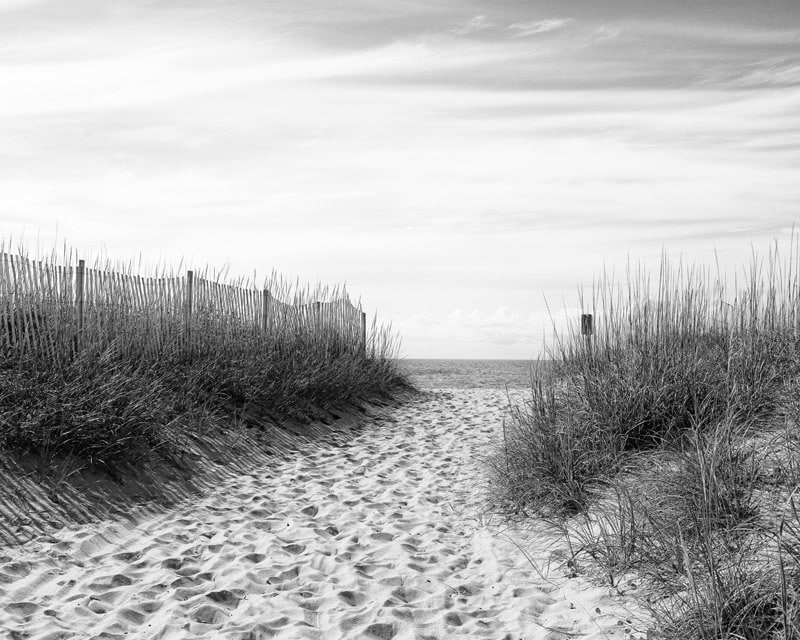
- Emphasis on Texture: The absence of color draws attention to the details in sand, water, and rock formations.
- Contrast and Mood: The interplay of light and shadow can create dramatic effects and emotional resonance.
- Timelessness: Black and white images often feel more classic, allowing viewers to focus on the subject’s story instead of its surroundings.
Essential Equipment for Black and White Beach Photography
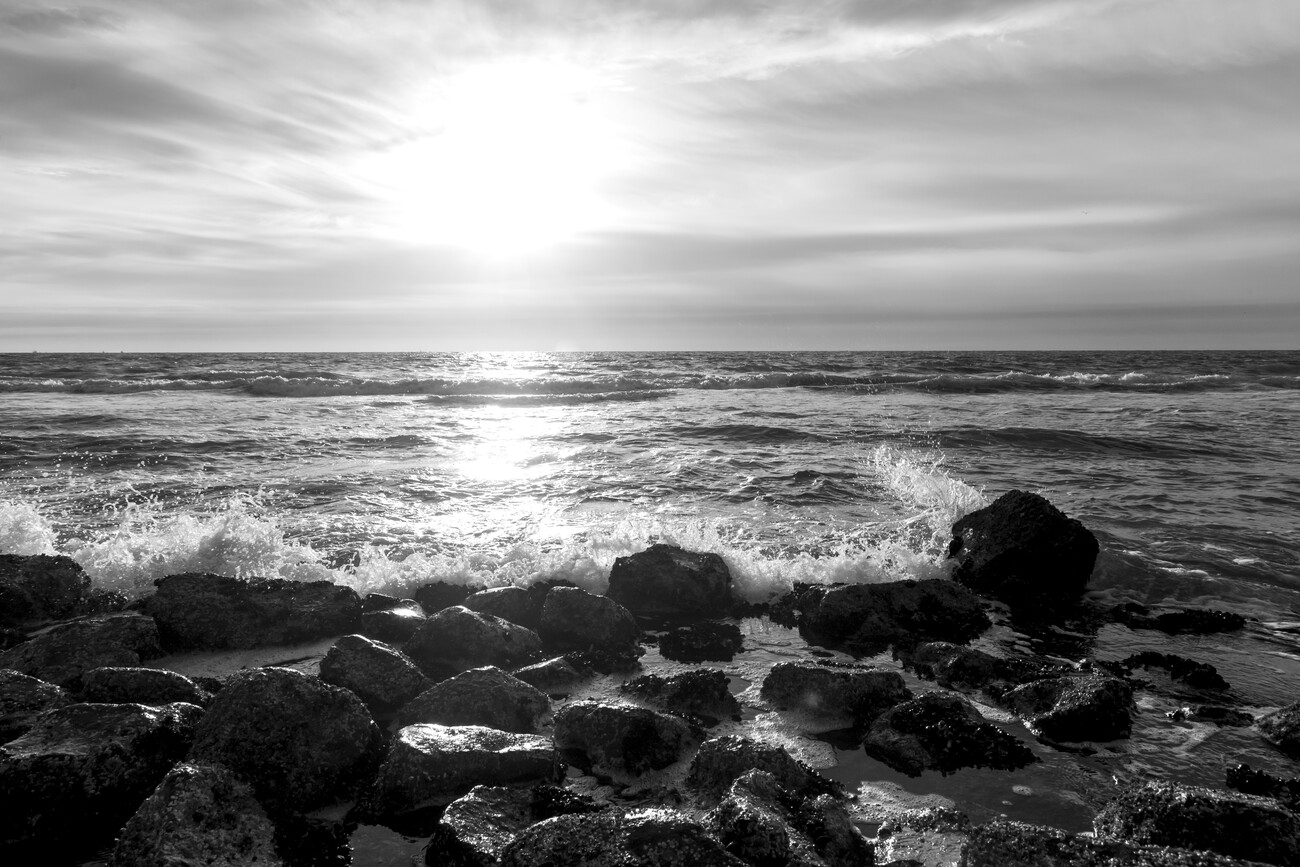
Cameras and Lenses
While any camera can capture black and white images, certain types are better suited for this art form. Here are my top recommendations:
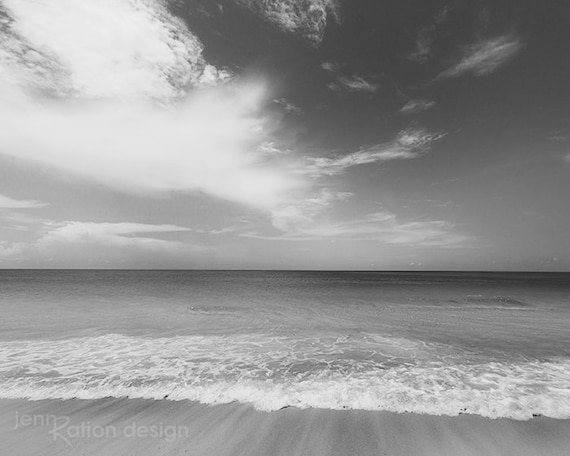
| Camera | Type | Rating (out of 5) | Best for |
|---|---|---|---|
| Canon EOS R | Mirrorless | 4.8 | Versatile beach photography |
| Nikon D850 | DSLR | 4.9 | High dynamic range images |
| Fujifilm X-T4 | Mirrorless | 4.7 | Classic film simulations |
Tripods and Accessories
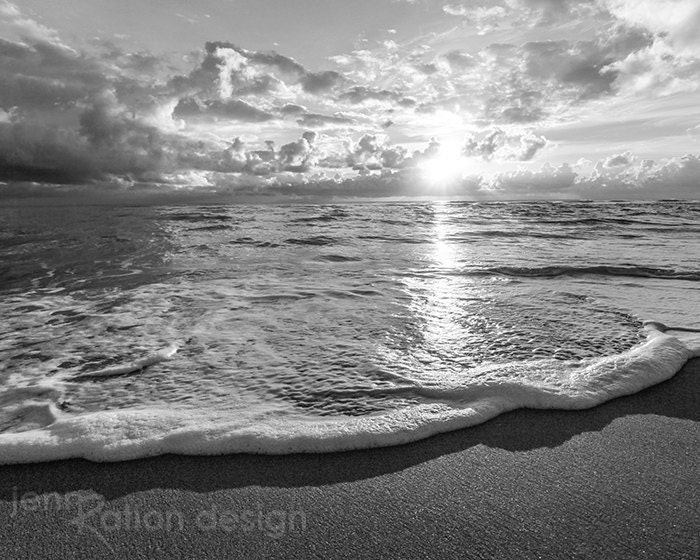
A sturdy tripod can make a significant difference when shooting in varying light conditions. Here are must-have accessories:
- Tripod: Essential for long exposure shots.
- Filters: Neutral density filters can help control light and enhance contrast.
- Editing Software: Lightroom and Photoshop offer great tools for fine-tuning black and white images.

Techniques for Capturing Stunning Black and White Beach Photos
Light and Shadows
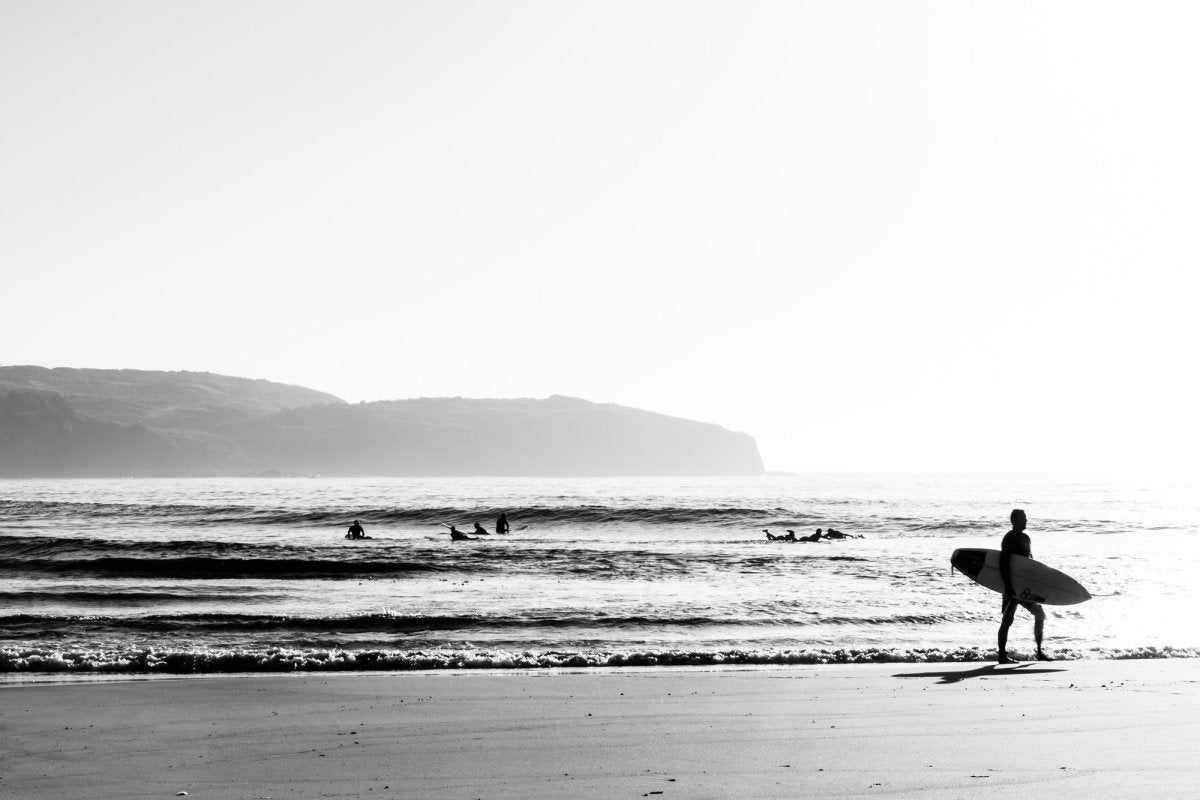
Understanding how to manipulate light is crucial for black and white photography. Early mornings and late afternoons provide the soft, diffused lighting perfect for capturing intricate details.
Composition Skills

Pay attention to the elements within your frame. Use leading lines, symmetry, and the rule of thirds to create dynamic compositions.
Using Negative Space
In black and white photography, negative space can enhance the subject. Try to isolate a focal point, such as a lone surfer or an abandoned boat, against vast expanses of sand or water.
Travel Tips for Black and White Beach Photography
Choosing Your Locations
Some beaches offer stunning backdrops that can enhance your black and white photography. Here are a few of my favorites:
- Monterey Bay, California: Dramatic cliffs and rocky shores.
- Bondi Beach, Australia: Iconic surf culture and vibrant beach life.
- St. Ives, England: Picturesque harbor and quaint buildings.
Best Times to Shoot
Golden hour is the best time for beach photography, providing soft, warm light that can create compelling contrasts. Aim for:
- Early morning to capture sunrises.
- Late afternoon for sunsets.
Destination Highlights for Black and White Photography
Top Beaches for Black and White Photography
1. Anse Source d’Argent, Seychelles
This beach features stunning granite boulders and crystal-clear waters, making it perfect for stark contrasts in black and white.
2. Black Sand Beach, Iceland
The dramatic landscape of Reynisfjara, with its black sands and basalt columns, creates a unique canvas for monochrome shots.
3. Whitehaven Beach, Australia
The stunning silica sands contrast beautifully with the blue waters, creating striking black and white images.
Local Tips from Personal Experience
During my recent trip to Iceland, I woke up at 6 AM to shoot at Reynisfjara. The early light cast stunning shadows on the black sand, and I captured some of my best images that day. Remember, patience is key!
Pros and Cons of Black and White Beach Photography
Advantages
- Timeless aesthetic.
- Focus on composition and texture.
- Unique storytelling potential.
Disadvantages
- Less vibrant color can be limiting.
- May not appeal to all audiences.
- Requires a strong understanding of light and composition.
Editing Your Black and White Beach Photos
Post-processing can elevate your images. Here’s how to get started:
Basic Editing Techniques
- Contrast and Brightness: Adjust to highlight details.
- Sharpening: Ensures clarity in textures.
- Monochrome Filters: Experiment with different presets to see what works best.
My Editing Workflow
After capturing my shots, I import them to Lightroom. I typically adjust the contrast and clarity sliders to enhance textures, followed by black and white conversion adjustments to get that perfect look.
Frequently Asked Questions
What camera settings are best for black and white beach photography?
Generally, a lower ISO (100-400), a moderate aperture (f/8 to f/11), and a shutter speed that balances movement with light will yield good results. Experiment with different settings to see which suits your style!
Can I convert color photos to black and white in post-processing?
Absolutely! Most editing software allows you to convert color images into stunning black and white. Look for the “desaturate” option or specific black and white conversion tools that let you adjust tonal ranges.
Where are the best places to practice black and white beach photography?
Popular beaches like those in California, Australia, and Iceland offer diverse landscapes, making them perfect for practice. Each has unique features suitable for monochromatic images.
Final Thoughts and Encouragement
Black and white beach photography invites you to see the world differently, to appreciate the textures and forms that often go unnoticed amidst vibrant colors. With the tips, techniques, and destination highlights shared in this guide, I encourage you to venture out to your favorite beach armed with your camera. Embrace the challenge of capturing the essence of the shoreline in monochrome, and don’t forget to enjoy the journey!